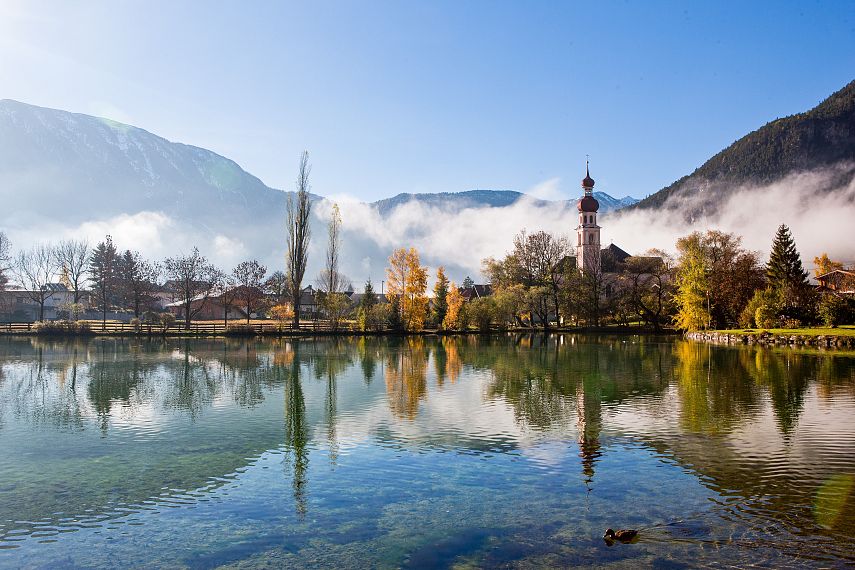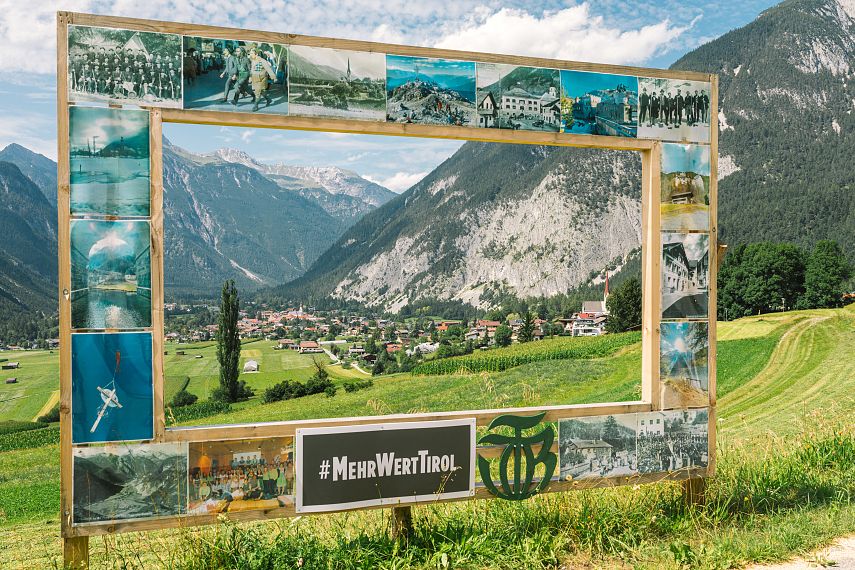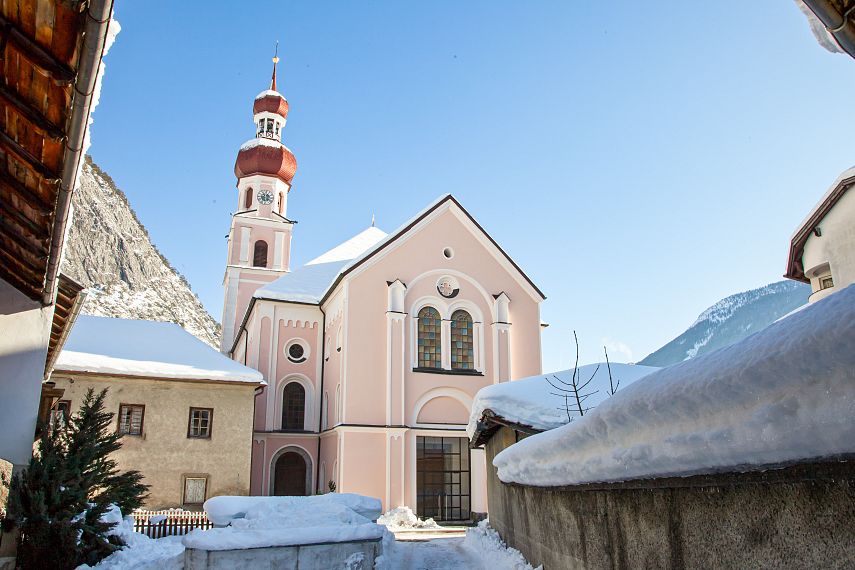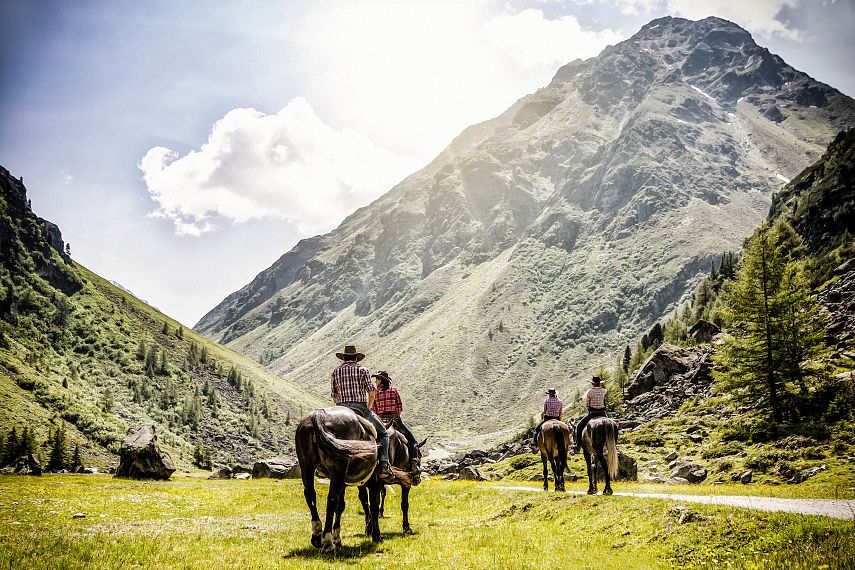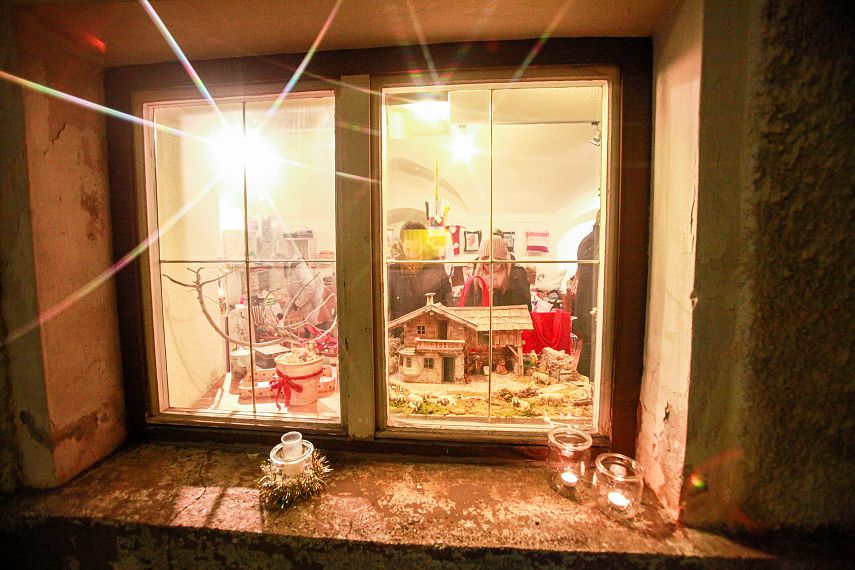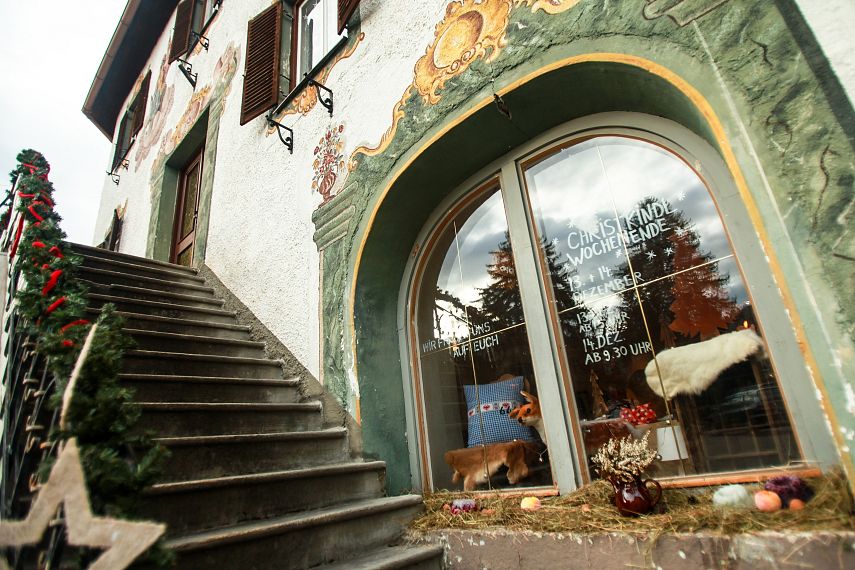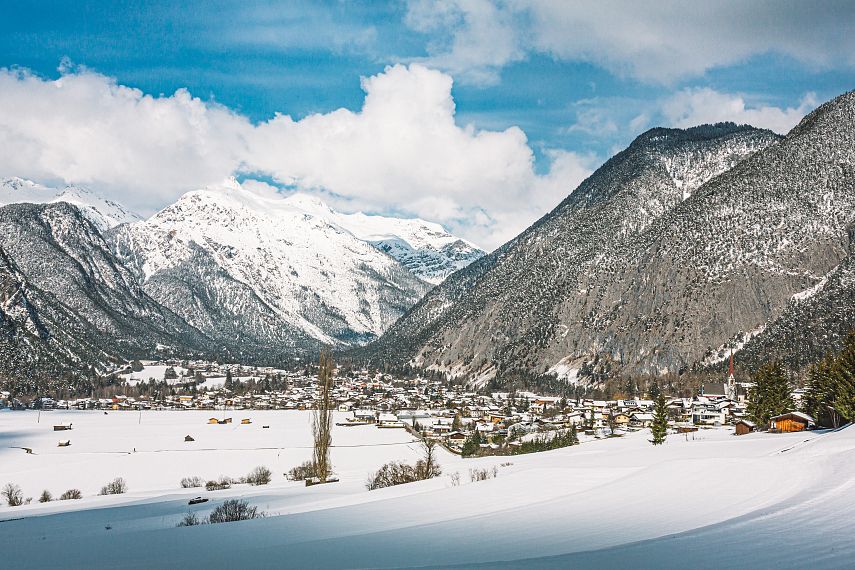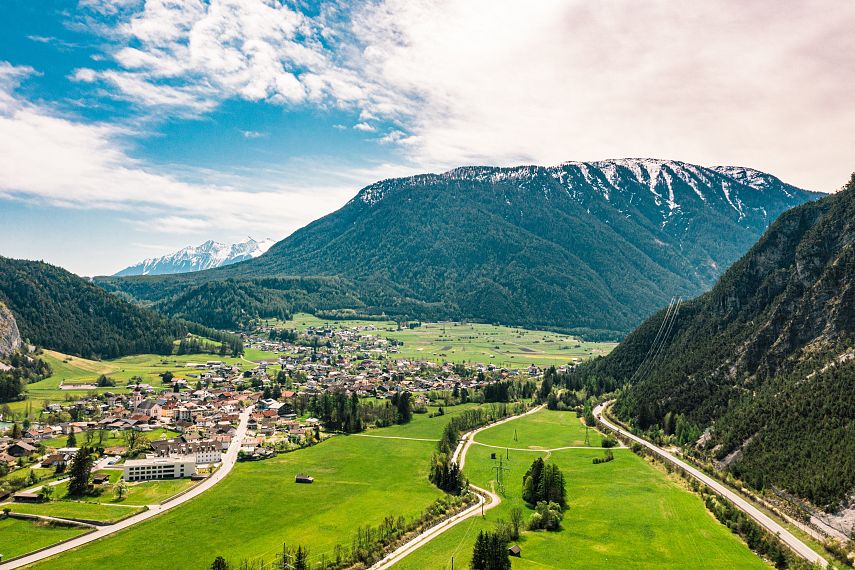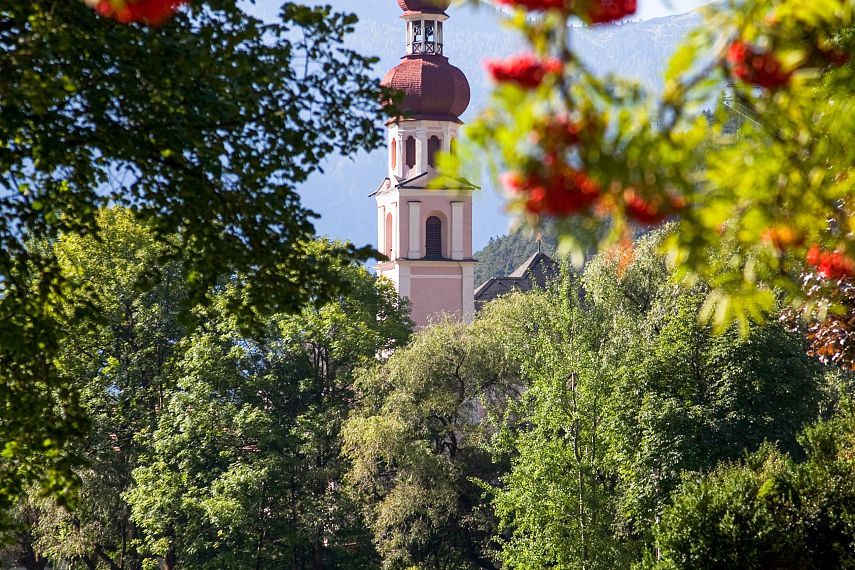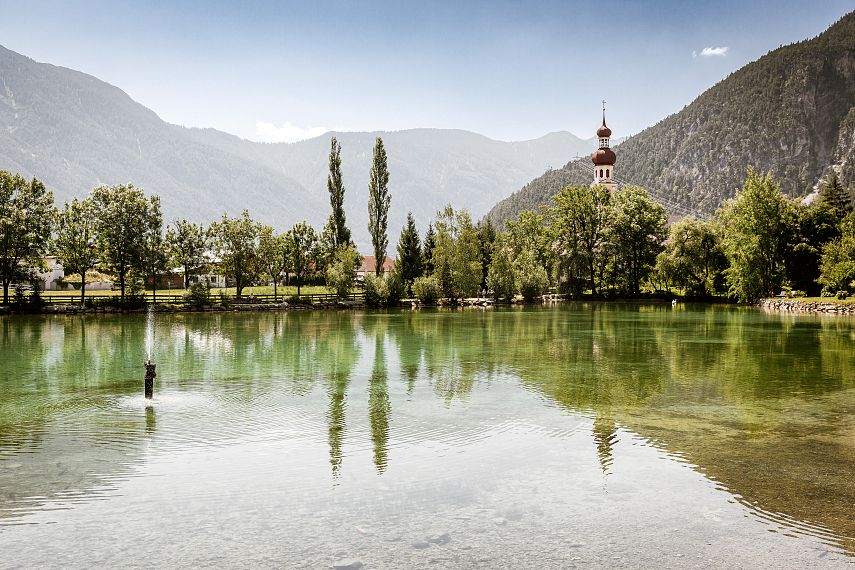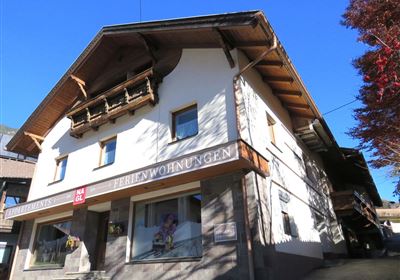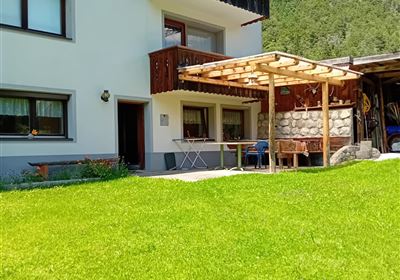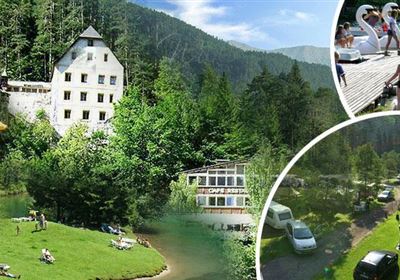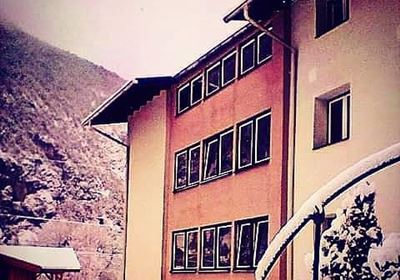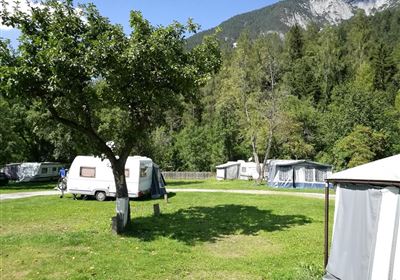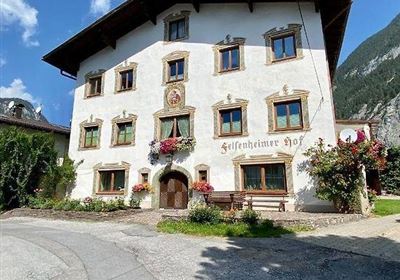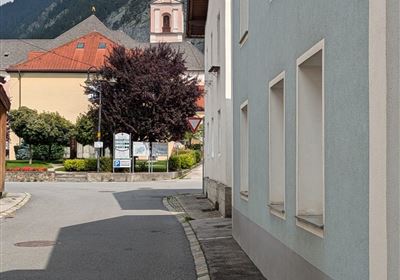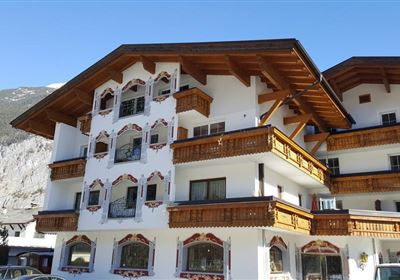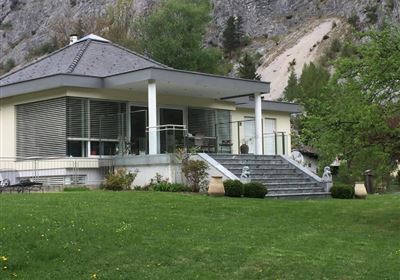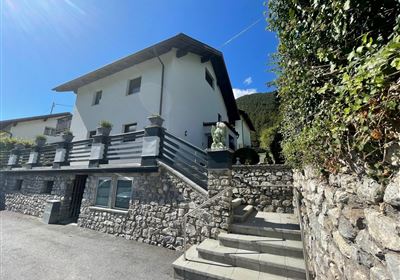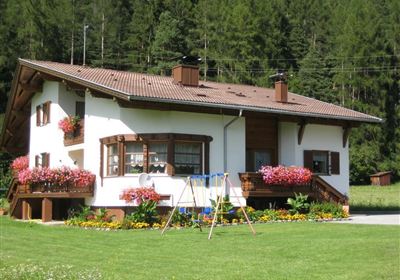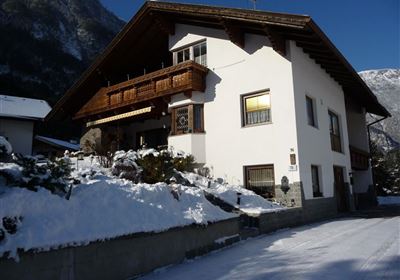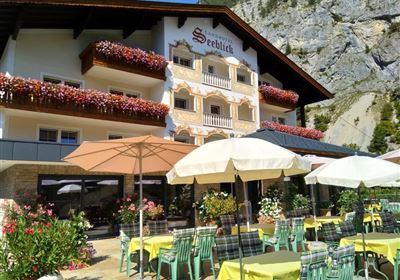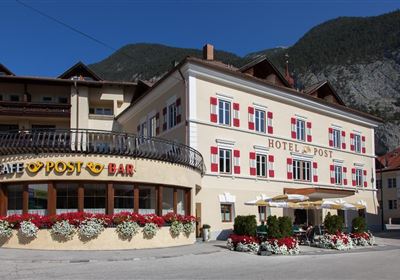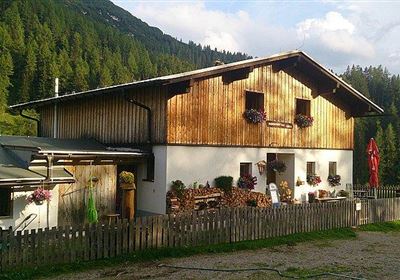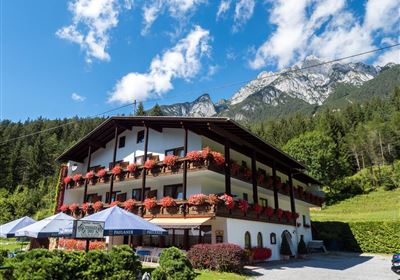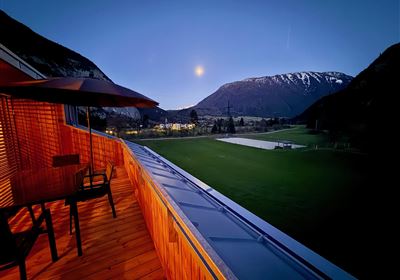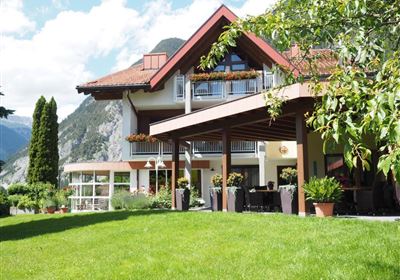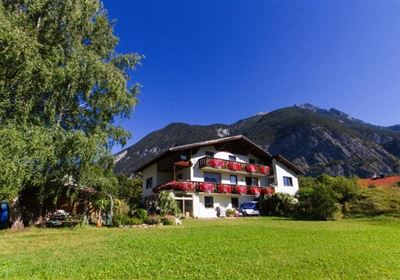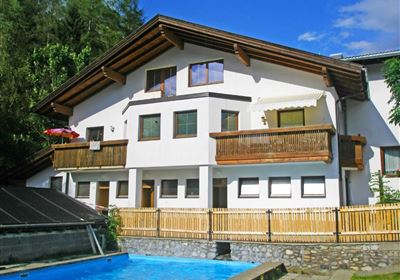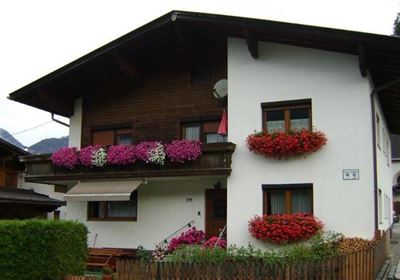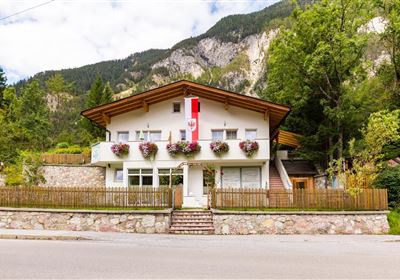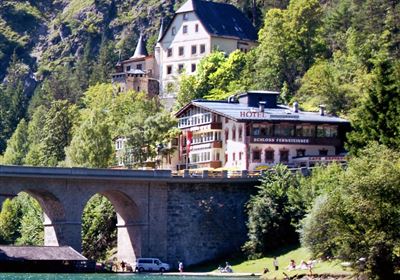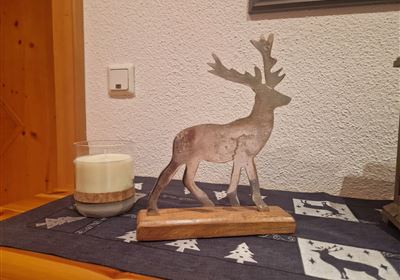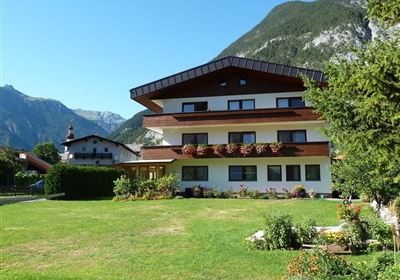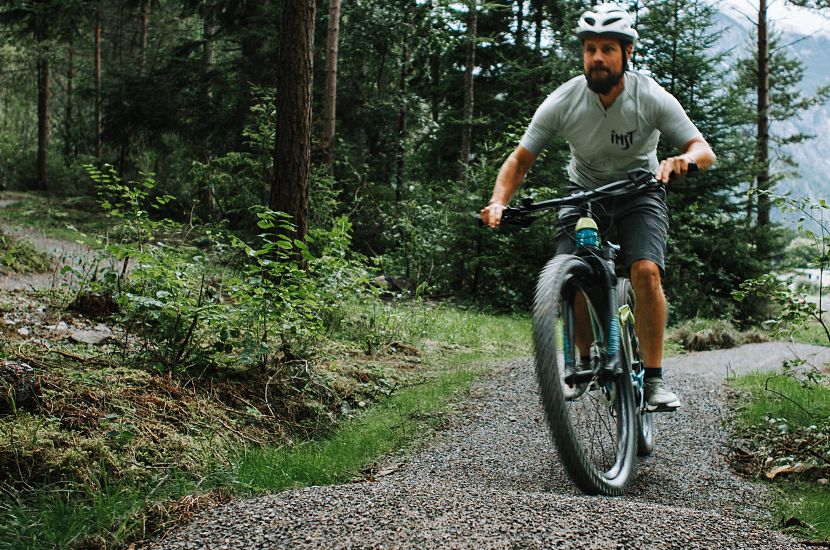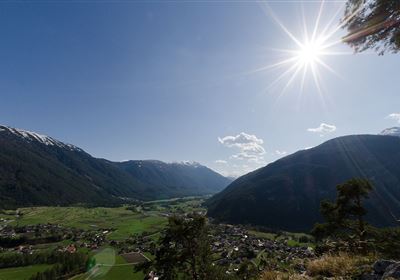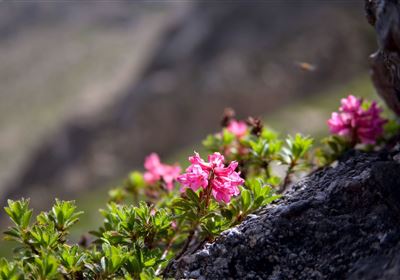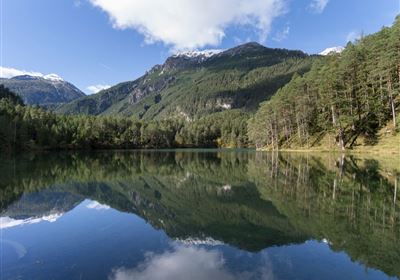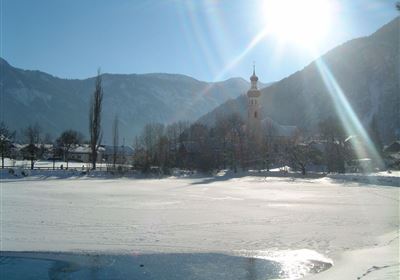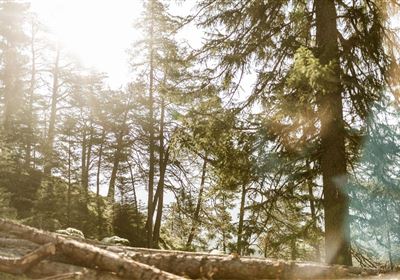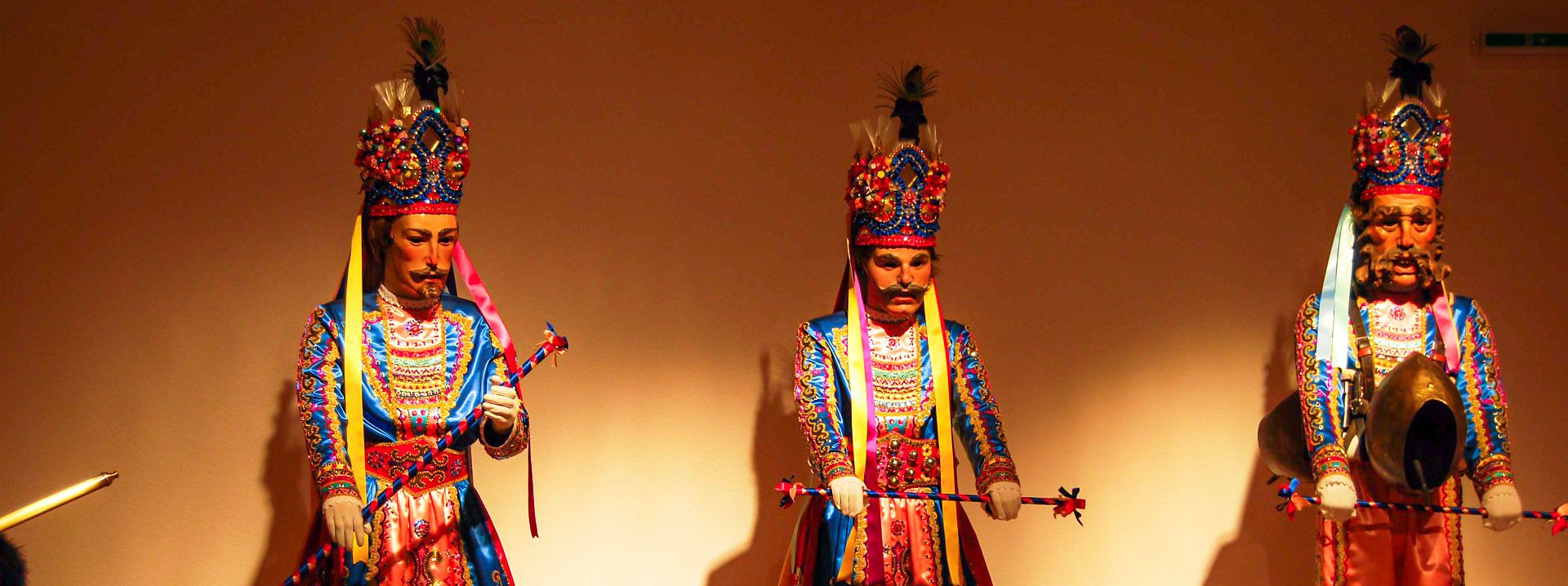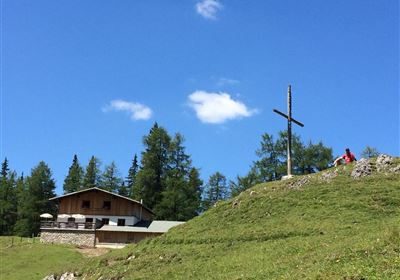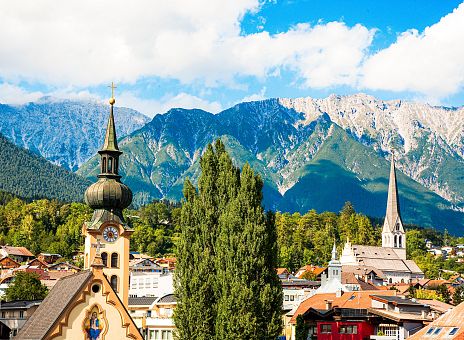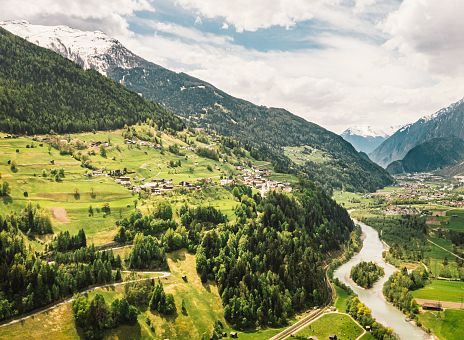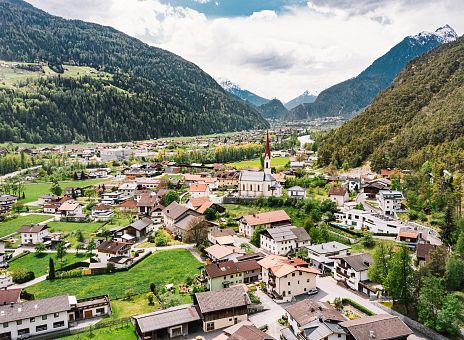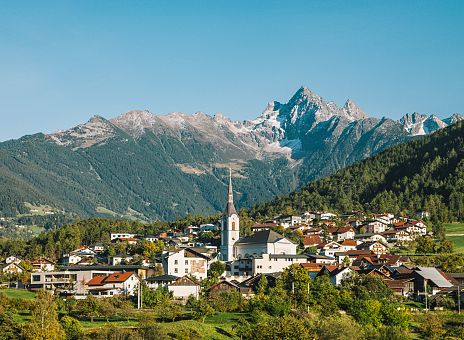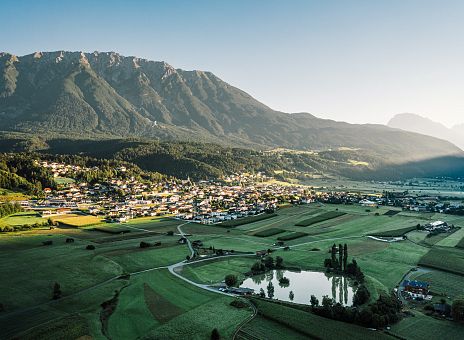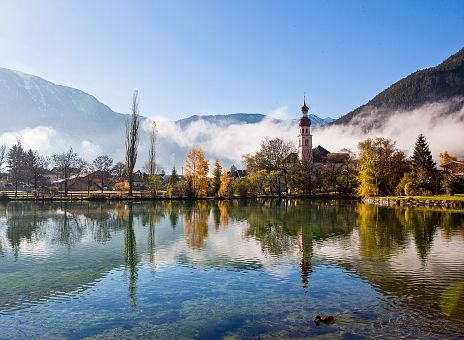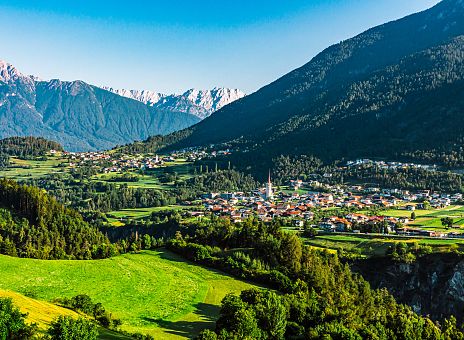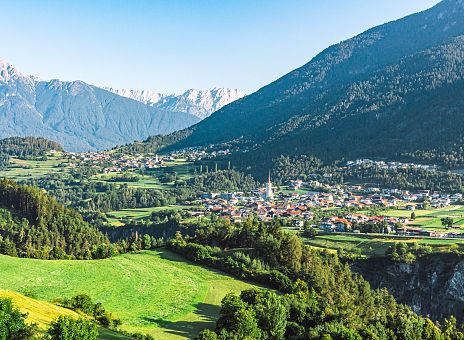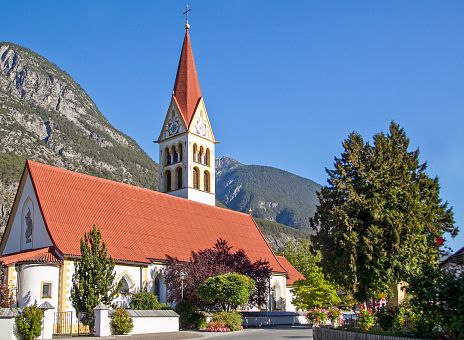Every day Nassereith
Your Holiday in Nassereith
On the threshold of the Gurgltal valley, the climbing village of Nassereith welcomes experienced mountain specialists, courageous climbers and hobby climbers. Vertical bliss can be found here on hanging gardens, deep valleys and the Götterwandl. It is not for nothing that the climbing elite and sport climbers from all over the world make a pilgrimage year after year to the route- and lake-rich Mecca, the cradle of Climbers Paradise. But simply diving in the spiral forests of the Afrigal Nature Park and the unique diving areas around Lake Fernstein should also be on every bucket list. The trails and the mobile pump track complete the adventure for bike acrobats.
Your holiday home in Nassereith
Whether hotel, holiday flat, campsite or guesthouse, your holiday home in Nassereith is waiting for you. If you have any questions or special requests, we are ALWAYS THERE FOR YOU!
Time travel Nassereith
Nassereith, situated at the southern foot of the Fernpass, looks back on a long and eventful history. As early as 200 to 300 years before Christ, there was a permanent settlement in today's Dormitz district , as evidenced by archaeological finds from the late La Tène period. This early settlement emphasises the importance of the village as a junction along the long-distance pass route and the Via Claudia Augusta, an important Roman trade route, which connected Italy with southern Germany.
The first documented mention of Dormitz dates back to around 1150, while the name Nassereith was first documented around 1300. In the Middle Ages, the village benefited from the flourishing salt trade over the Fernpass and developed into an important transport hub. The favourable location also promoted local trade and mining, especially ore extraction, which served as a livelihood for many families.
Today, Dormitz is a popular place to visit one of the oldest and most beautiful pilgrimage churches in the Tyrolean Oberland. The pilgrimage church of St. Nicholas dates back to the late Gothic period and its interior was baroqueised in 1746. The high altar is adorned with a 15th century statue of the Virgin Mary with child.
Discover your holiday home
Picturesque hiking trails around the emerald-green Fernsteinsee lake invite you to enjoy unforgettable explorations. Between dense forests and impressive rock formations, the paths lead to Fernstein Castle and the mysterious ruins of Sigmundsburg Castle on a small island in the lake.


